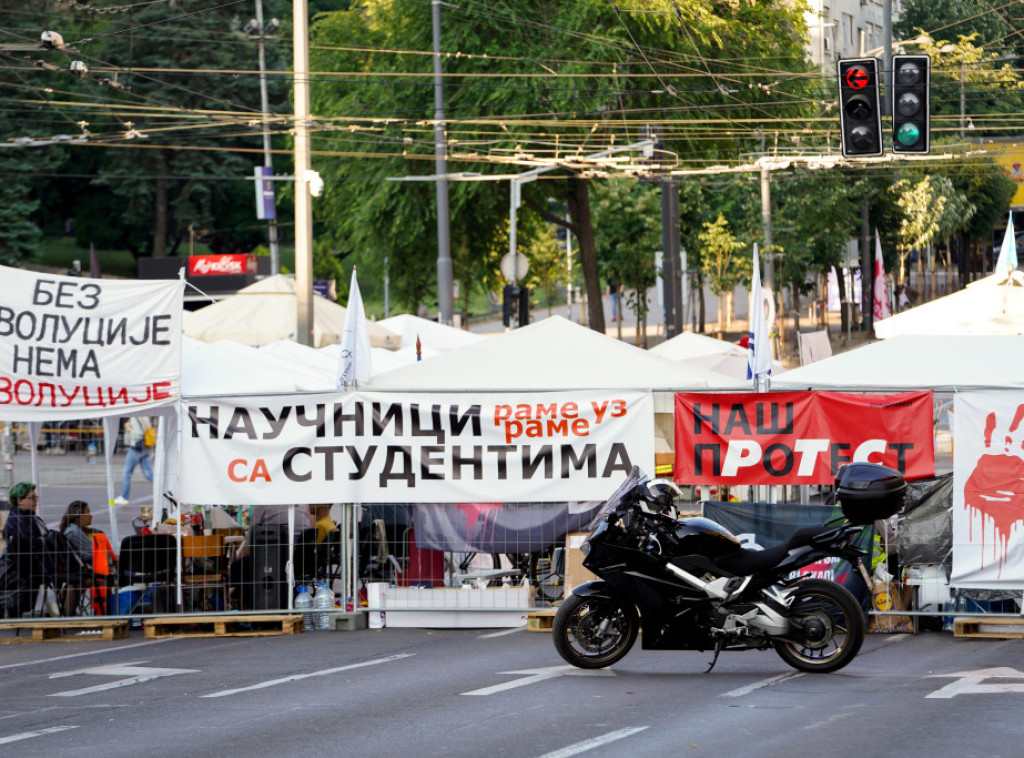The Israel-Iran conflict has escalated into multi-day military clashes, with Iran firing hundreds of ballistic missiles at Israeli targets, including Prime Minister Netanyahu’s residence, in response to Israeli airstrikes on Iranian nuclear and military sites. Israel’s Iron Dome defense system intercepts many missiles, but some have hit civilian areas causing casualties and damage. Both sides have suffered losses, and the conflict has led to the suspension of nuclear talks and increased tensions in the Middle East region. Israeli officials emphasize that the attacks are part of a strategy to neutralize the Iranian nuclear threat, while Iran warns of further retaliation if attacks continue.
Political Perspectives:
Left: Left-leaning sources tend to emphasize the human cost of the conflict, highlighting civilian casualties and the dangers of escalating military actions. They often call for diplomatic solutions and criticize both sides for actions that increase regional instability. The narrative may include concerns about the impact on ordinary people and the risks of a wider war.
Center: Center-leaning sources report the facts of the conflict with a focus on the military developments and official statements from both Israel and Iran. They provide balanced coverage of the missile attacks, the responses, and the political implications, including the suspension of nuclear talks. The narrative is generally neutral, aiming to inform without strong bias.
Right: Right-leaning sources emphasize Israel’s right to defend itself against existential threats posed by Iran’s nuclear program. They highlight the precision and effectiveness of Israeli military operations and frame the conflict as a necessary action to prevent Iran from acquiring nuclear weapons. The narrative often portrays Iran as the aggressor and stresses the strategic importance of Israel’s actions.





































































